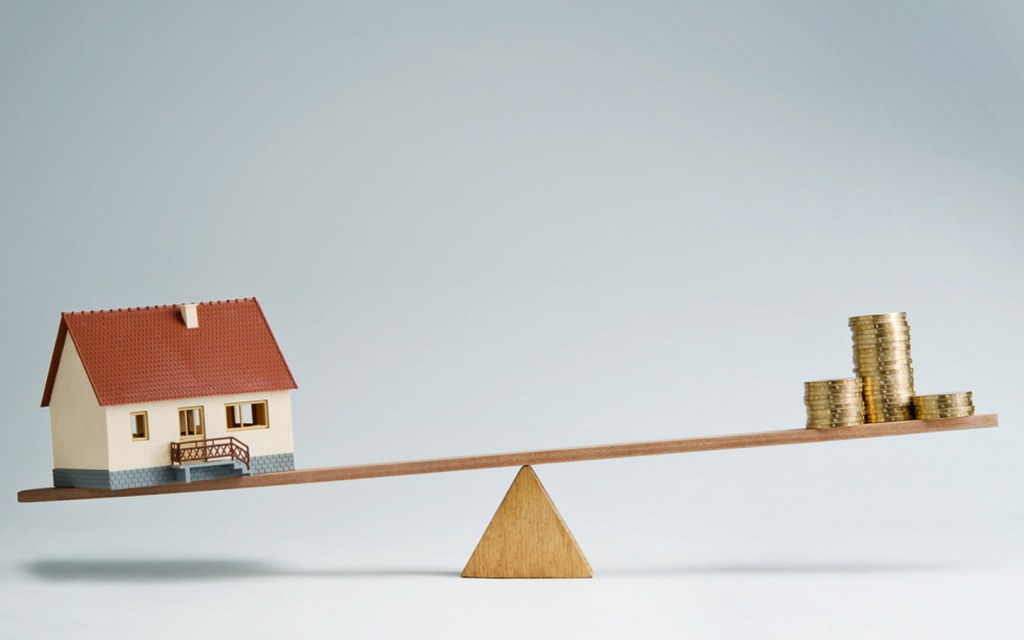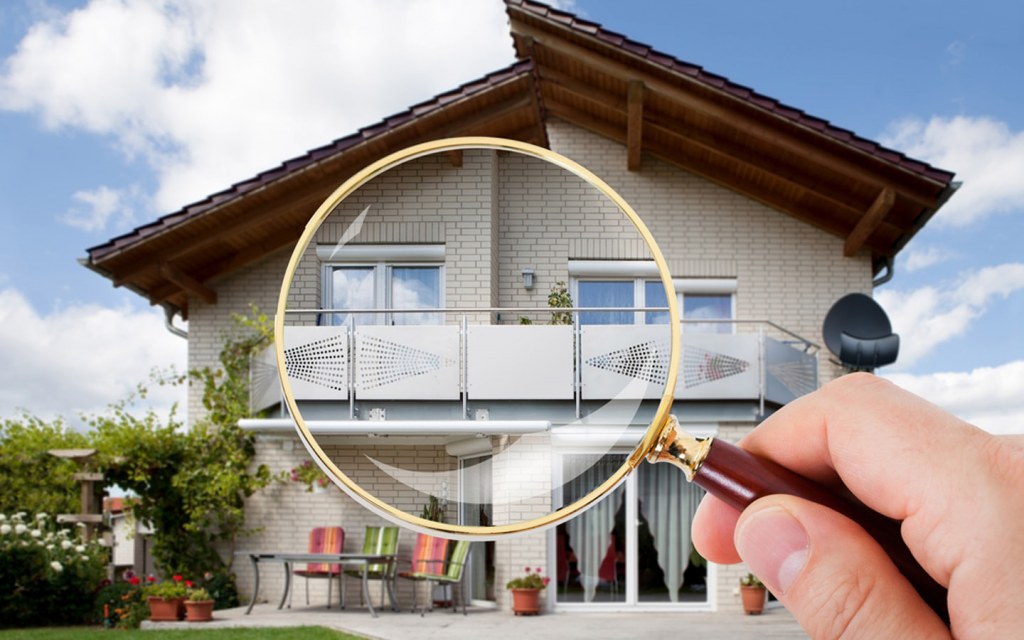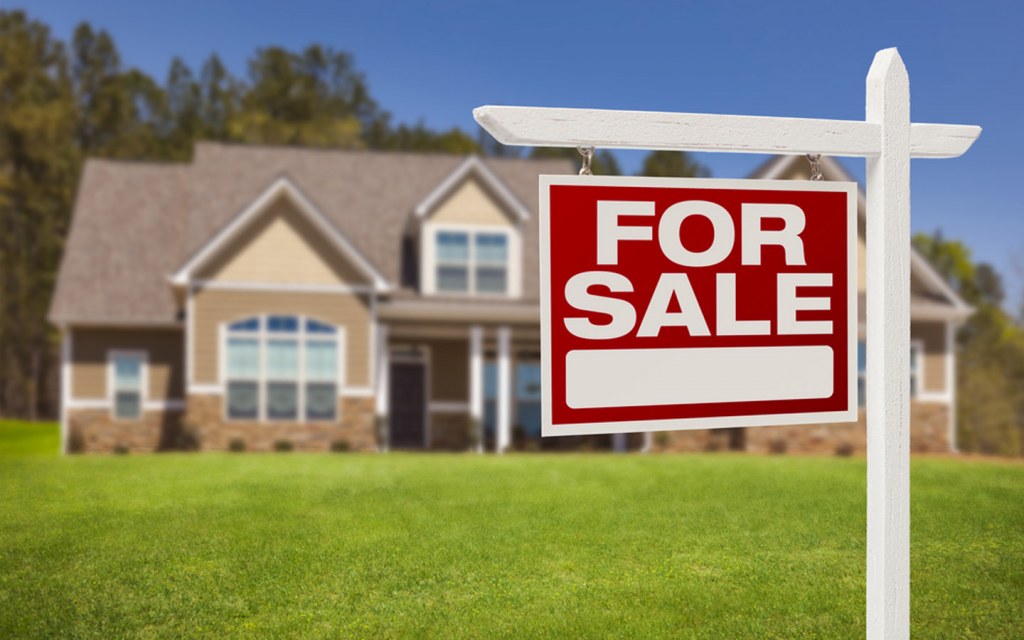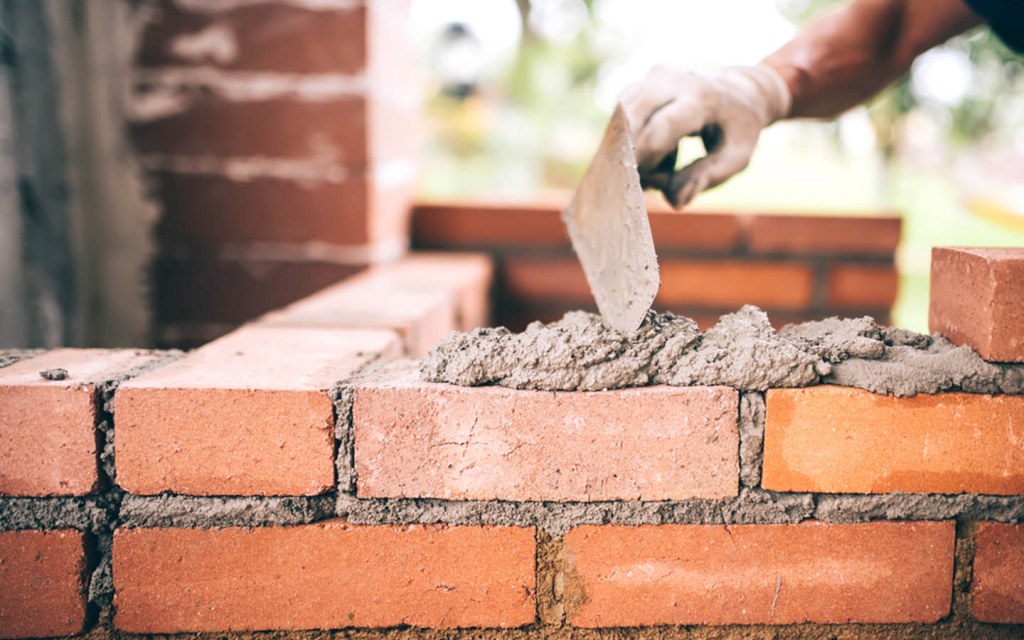Home » Real Estate Trends » Under-Construction vs Existing Projects: What’s Ideal for Investment?
In This Post
– Factors to consider
– Buying ready-to-move-in property
– Buying under-construction property
Buying a property is probably one of the biggest decisions most people make in their entire lives. It’s a huge milestone to achieve, but the entire process demands a lot of contemplation, research, patience, and time. While there are a lot of things one has to take into account while looking for a place to live, one of the primary concerns most buyers face is whether they should opt for a ready-to-move-in or under-construction property.
Of course, there are some pros and cons to both of these options. As is the case with everything else, one size doesn’t fit all. There are certain advantages and disadvantages to buying a property in an existing project as well as investing in new construction, but your final choice should depend on your own set of requirements and what works the best for you.
In this blog, we’ve outlined some of the most crucial factors property-buyers must consider before buying a house before it is built or investing in a ready-to-move-in flat.
Factors to Consider While Buying a Ready-To-Move-In or Under Construction Property
If you are stuck between buying under-construction property vs ready-to-move-in property, here are few things you need to take into account.
- The difference in price
- Risks of delay
- Infrastructure and quality
Let’s discuss each of these points in detail.
The Difference in Price

One of the biggest benefits of buying an under-construction property is that it won’t put as big a dent in your bank account as would a ready-to-move-in house or a flat in an existing project. Although the prices of properties vary largely with each housing scheme, their location, type and even the builder, the truth is that ready-for-sale units tend to cost about 10 to 30 percent more than the ones that are still under construction. This is pretty much the same as buying a newly constructed house vs an old one.
On the flip side, the fact remains that you never know how much you’ll end up paying for an under-construction property in case the housing society increases its development rates. If the builder faces any major hiccups, the buyer may have to bear the brunt of unexpected costs related to the building process. However, it is important to point out that this is not a very common occurrence.
Risks of Delay

Under construction properties that haven’t already been approved by concerned authorities may face long delays in completion and possession owing to multiple issues, such as zoning disputes, land-related litigations, new regulatory policies, awaiting authorization from relevant authorities, and the worse of all, developers abandoning the project due to lack of funds. The timeline of completion for such under-construction properties can be very uncertain.
On the other hand, investing in new projects that have been approved by the local authorities and have been registered with the Federal Board of Revenue under the Prime Minister’s Construction Relief Package can be rather promising for those looking to gain impressive capital gains.
Meanwhile, you don’t have to worry about most of these problems when it comes to buying ready-to-move-in properties. Since the house or the apartment has already been constructed, all you need to do is make the payment and complete the registration/transfer process before moving into your new home.
Immediate possession is probably one of the top benefits of buying a ready-to-move property in an existing project.
Infrastructure and Quality

With ready-to-move-in properties, you get what you see in terms of construction, layout, amenities and facilities. However, when investing in an under-construction property, you may have to prepare yourself for the worst-case scenario where the final product may look nothing like the sample unit or what had been drawn on the map. Of course, you can avoid this problem by investing in projects by reputable developers, regularly visiting the construction site, and keep an eye on the quality of materials being used.
You can also take a look at our detailed guide on how to check and measure the construction quality of a house for further clarification on the topic.
Who Should Consider Buying a Ready-To-Move-In Property?

As discussed above, the decision to buy a ready-to-move-in or under construction property depends largely on your personal preference.
For instance, if you are looking for a place to live on an urgent basis, buying a fully constructed unit is going to be your best option since waiting for the completion of an under-development project might take a very long time. Also, most under-construction properties are located in newly established housing schemes on the outskirts of the city. So, if you want to live somewhere close to the city centre with a nice, well-established neighbourhood, you will most likely have to opt for a ready-to-move-in apartment or a house.
Moreover, in ready-to-move-in properties, there is usually no risk of delays in possession. The construction, layout and other infrastructural details of the house are also right there in front of you to inspect. You also don’t have to worry about any unexpected development charges and can even apply for a home loan to make the purchase.
But, you should also keep in mind the disadvantages of ready-to-move-in properties. These include inflated prices and lack of customization options.
Who Should Consider Buying an Under-Construction Property?

Compared to buying a ready-to-move-in house, buying an under-construction property is a great option for those looking to expand their real estate portfolio and earn a high return on investment.
Unless you are looking for accommodation on an immediate basis, investing in an under-construction property makes more sense since it is relatively less expensive and may allow you to customize the layout as per your personal preference. In addition to that, since such properties are mostly located in developing neighbourhoods, the potential for value appreciation is significantly higher. For instance, those investing in the highly affordable project of Zameen Opal, Lahore by Zameen Developers can expect 6-7% annual rental yield as well as capital gains of up to 60% in the next two years.
Furthermore, most under-construction projects offer flexible payment and instalment plans to facilitate buyers. In fact, it is usually considered one of the biggest pros of buying under-construction property.
So, which one of these options suit you the best? If you have any concerns or queries about buying a ready-to-move-in or under-construction property, send them our way by dropping an email on blog@zameen.com. Meanwhile, if you are interested in investing in Zameen Opal, Lahore, make sure to fill the form appearing on the right-hand side of your desktop screen or at the bottom of your mobile page.
Real estate entrants can also take a look at our comprehensive glossary explaining the meaning behind common property terms used in Pakistan. Our beginner’s guide on buying a house for the first time may also answer some of your questions regarding the matter.
To learn more about the latest construction trends and property investment options, stay connected to Zameen Blog – the best construction and real estate blog in Pakistan. You can also subscribe to our newsletter and Facebook page to keep up with the latest home décor, lifestyle and property trends in the country.



